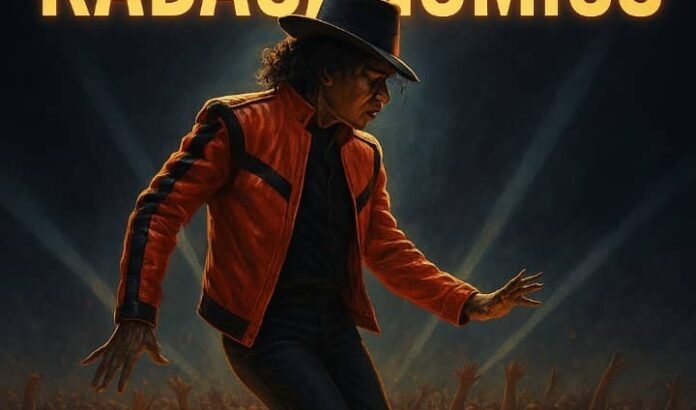By: Isaac Christopher Lubogo
When Michael Jackson unleashed Thriller, the world stood still. When he performed Billie Jean and slid into the moonwalk, time itself bent. These were not songs; they were historical ruptures. People collapsed, screamed, and worshipped the performer as though he had unlocked the code of human wonder.
Busoga, on Kadaga’s return, experienced the same rupture. It was not music but politics, not a pop concert but a homecoming. Yet the response was indistinguishable from Michael Jackson’s greatest moments. Kadaga became the performer, Busoga the audience, and the soundtrack—the ululations, tears, drums, and chants—became the continent’s most unforgettable remix.
The Thriller Moment
In Thriller, Michael emerged from the shadows with a choreography so sharp, it electrified the world. The zombies fell into line behind him, making horror into art. In Kamuli, Kadaga emerged not from a crypt, but from years of political wilderness. Her return transformed despair into choreography: the people, once dismissed as politically dead, rose like Michael’s zombies, but this time with joy, not fear. Every hand lifted was a Thriller claw, every voice raised was a chorus. Busoga’s streets became their own Thriller Night—except the only monster was the memory of neglect, and Kadaga danced it to death.
The Billie Jean Effect
When Michael sang Billie Jean, he commanded the stage with mystery, grace, and fire. Every spotlight that followed him confirmed his unmatched aura. The signature moment was when the floor itself lit up under his steps. In Busoga, Kadaga’s return mirrored that electricity. Wherever she walked, the ground seemed to glow—not with lights, but with bodies pressed to touch her feet. If Michael’s stage lit up with neon, Kadaga’s stage lit up with humanity.
Each backward slide of her symbolic moonwalk was a forward illumination for Busoga’s dignity. And just as the crowd at Motown 25 erupted when Jackson defied gravity, Busoga erupted when Kadaga defied political gravity—sliding past the shadow of Museveninomics.
Kadaganomics vs Museveninomics
Michael’s performances redefined entertainment because they made every other act irrelevant. So too, Kadaganomics eclipsed Museveninomics. While Museveni’s economic song was repetitive and uninspiring—a broken record stuck on the verse of liberation—Kadaganomics introduced fresh choreography. It turned politics into art, devotion into energy, and energy into power.
The people did not want to dance to Museveninomics anymore. They wanted the Thriller beat. They wanted the Billie Jean glow. They wanted Kadaganomics—smooth, magnetic, unforgettable.
The Collapse of Reason
Fans fainted during Michael Jackson’s concerts because their bodies could not contain the awe. The same happened in Busoga. Men wept, women collapsed, children screamed. The sheer force of presence overwhelmed logic. In that instant, politics became pop culture, and devotion became destiny.
Conclusion: The Thriller of Kadaganomics
Kadaga’s homecoming was not merely a political event—it was a Thriller night, a Billie Jean stage, a moonwalk of Busoga’s collective soul. The crowd’s response was not calculated; it was visceral, uncontrollable, and unforgettable. Just as Michael Jackson redefined music, Kadaga redefined Busoga’s place in Uganda’s imagination. Her Kadaganomics glided on the beat of ululation, collapsed bodies, and glowing devotion—while the one song nobody wanted to hear, Museveninomics, faded like background static.








